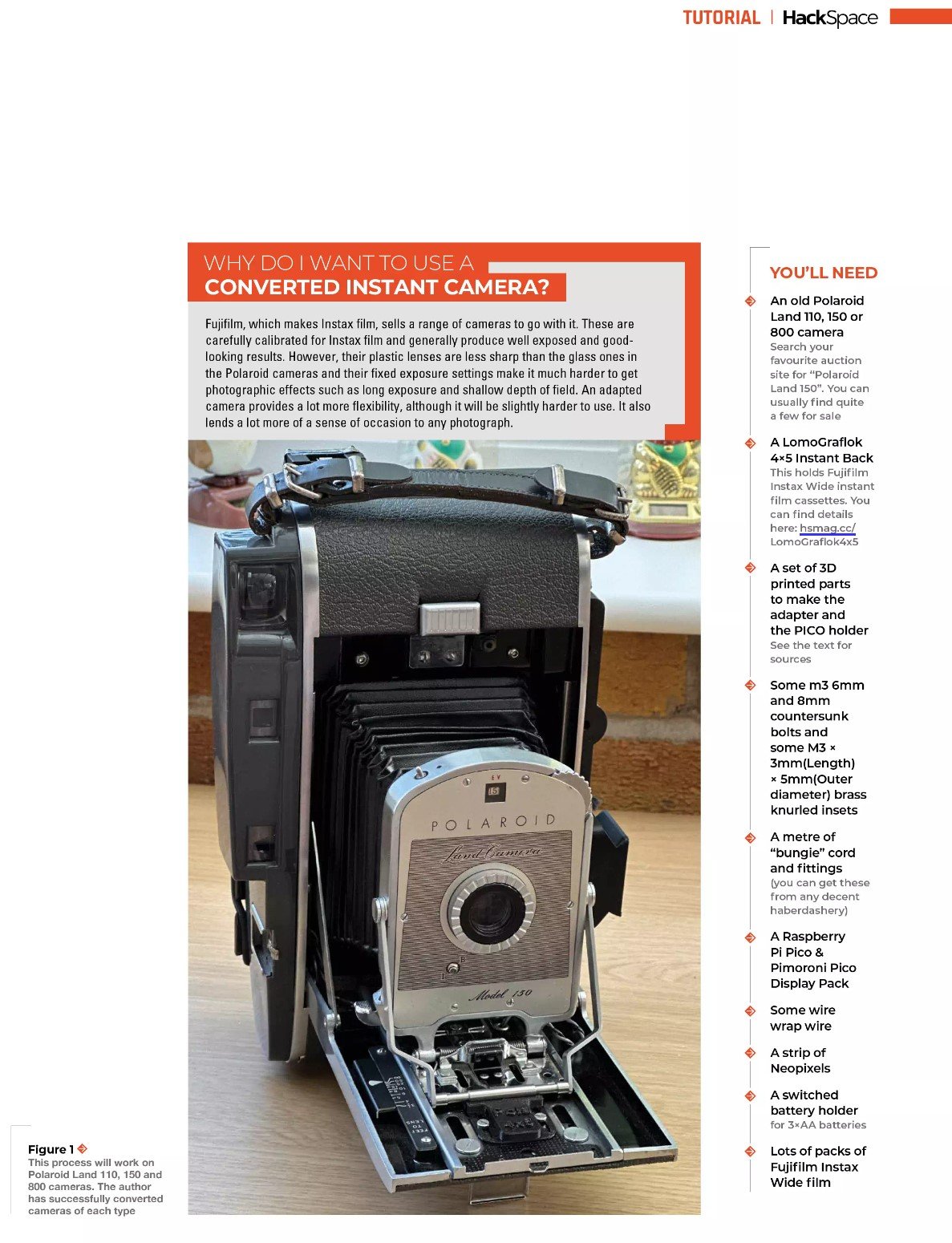Updating a Polaroid Wink Light
/it is in good condition for its age
I’ve been messing around with Polaroid Land cameras for a while. Today I thought I’d do something with their flash lights. The Polaroid Wink light was created to add a bit of extra light to your pictures. If you buy a second hand Polaroid outfit you will frequently find one included in the package.
YOu can’t get 45 volt batteries any more. And this is a good thing.
Above you can see inside the light. The silver thing at the back is a capacitor which is charged up from the battery before the shot is taken. When the shutter is fired the charge in the capacitor is sent into the bulb producing a bright “wink” of light. The bulb in a wink light was made for use in cars which have a 12 volt power supply. The wink light sends 45 volts through the bulb making it get extra bright for a short time. If you want even more light you can plug a little holder into the side of a wink light which holds a “proper” flash bulb. These bulbs contain fine magnesium wire which burns with a really bright light - although you can only use each bulb once.
Anyhoo, I wanted to make the wink light actually do something. I had a number of ideas but in the end I decided to see if I could fit a standard G4 lighting led into the light. These use a 12 volt power supply. The most I could get from my batteries was 6 volts so I dug out a little voltage converter which steps this up to 12 volts.
The power switch is in the case at the bottom left hand side
Above you can see what I ended up with. There are two battery holders, each of which contains 2 AA batteries. They are connected via a switch to a “buck converter” which steps their 6 volts up to the 12 volts the bulb likes. I’m not planning on making the light switch on when the camera takes a picture. I’m a bit concerned that it might take too long for the circuit to fire up. Instead I’m going to leave the light on all the time while I take pictures. This also gives me a bit more light to focus with, which is nice.
Ready for action
Above you can see the light on the camera as it is meant to be used. The next step is to take some test pictures and get a feel for the exposure settings it needs. This was a fun way to spend a Sunday.

















